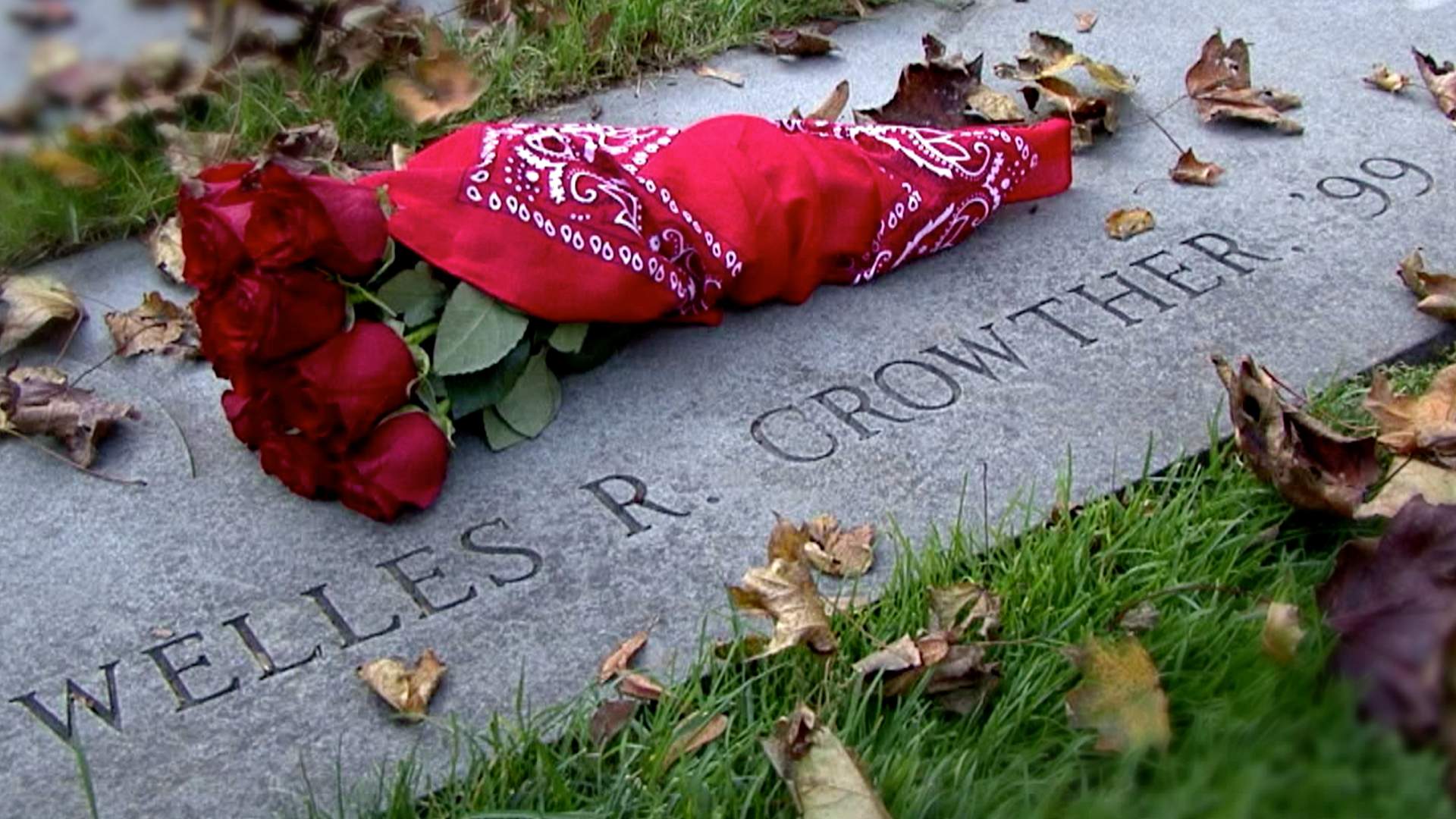APRIL 2022 NEWSLETTER
While the astonishing story of Flight 93 courage is our “flagship” vessel, countless other 9/11 narratives highlight the noblest aspects of humanity on that ugliest of days. The mission of the 9:57 Project is to relate these true tales to future generations; our children have as much personal knowledge of 9/11 as they do of Pearl Harbor or the second inauguration of Abraham Lincoln. We have a sacred responsibility to hand down these stories in a way that educates and transforms. They hold great power to shine a light on the best of the human spirit, always available in the darkest of times. We know the terrifying flash of bad actors and death of 9/11 was met instantly with resolve, goodness, and helpfulness. A digital universe inundates us now with fear, horrendous accusations, and small-minded division. Students only know the briefest snippets of when we stood tall, United, and unselfish in the fall of 2001. We have a moral responsibility to tell them about it. Here are three stories to that end.
Boatlift. Everyone has heard of the miraculous evacuation of the British Army at Dunkirk in the early days of World War II, but did you know the largest Maritime evacuation in human history occurred on 9/11? The toppling of the WTC Twin Towers isolated the southern tip of Manhattan and rendered thousands of survivors shocked and stranded. They found their way home by means of a voluntary armada that instantly formed out of spontaneous necessity, goodwill, and courage. You can watch the documentary on Boatlift from Eyepop Productions here.
Gander. On 9/11, as American airspace was entirely shut down for the first time in history, Air Traffic Controllers deftly and safely coordinated the diversion of thousands of flights, commanding many of them to land way short of their destinations. Thirty-eight trans-Atlantic flights terminated prematurely in Gander, Newfoundland. All of a sudden, a town of 9,000 had 7,000 unexpected guests. Can you imagine the logistical challenge of hosting throngs of frustrated, frightened, and fatigued travelers, replete with crying babies and language barriers? The islanders of Newfoundland responded heroically; they labored five solid days to comfort their newly found friends. Watch a short spot from Great Big Story about Gander here.
The Man in the Red Bandana. Welles Crowther’s dad gave him two handkerchiefs when he was a young boy, telling him “this white handkerchief, that’s for show; here’s a bandana, that’s for blow.” From then on, Welles was never without a red bandana as he grew into a teenager who volunteered at the local firehouse, a college student who was a Division 1 lacrosse player at Boston College, and eventually an equities trader. Welles died in the South Tower, the events of his last minutes unknown until months later when his Mom read accounts about a mysterious man in a red bandana. She eventually learned Welles could have walked out of the tower after leading a group to safety, but her boy with the heart of a fireman went back upstairs for more. Twelve people are alive today because of him. Watch an ESPN Films special on Welles here.
Many more stories abound from 9/11 and the years afterwards. Thousands lost. Millions affected. Simultaneous fear, resolve, and love. In the post 9/11 wars, thousands more dead and wounded. Millions of veterans stood United and tall on battlefields long after many of their countrymen had moved on, or were born, and long after civic discourse in this nation became small. These women and men possess a priceless gift: perspective, gained in the glorious, at times suffering, defense of their country. The same bitter-sweet perspective in the stories above, none so greater than the grief of one mother being an astonishing blessing to twelve others. Such wisdom has the promise to reset, revalue, and revitalize our appreciation for each other and the ideas that made our nation what it is.
Our children are civically starved for vision, context, and purpose. Imparting 9/11 perspectives equips them with a framework of inspiration and encouragement to face the future with an eye on unselfishly helping their neighbor and community. It gives them a sense of how to live for a cause larger than self. Many post-9/11 veterans are uniquely poised to partner with educators to provide eye-witness testimony about history. These Service members are equipped to communicate how our hardest days and years can also be our best days and years. We know that despite all digital evidence to the contrary, things aren’t so bad, IF WE BELIEVE IN EACH OTHER AND OUR IDEAS. If we reclaim the same spirit that United us in the fall of 2001, we’ll become what we value, and forget all those who scared and divided us. They and their relics will be a mere asterisk and afterthought.*
*Pete Findler and John Hamilton, the co-founders of The 9:57 Project were recently at the National 9/11 Memorial at Ground Zero, where they came upon a red bandanna on display. Reverently they approached the object, thinking it belonged to Welles, but it didn’t. Ironically, the hijackers of Flight 93 also wore red bandannas, donned as they initiated their attack. History provides great perspective on these identical materials, universes apart in spirit and intent. The powerful life of Welles and his sacrifice make his bandanna, a gift from father to young boy, a symbol of life, hope, and usefulness. The other items an attempted dramatic flourish to destruction, relegated to a million myriad details of criminal evidence.
Feature image: A photograph of a red bandana laid at an inscription of Welles Crowther's name at the Boston College Memorial Labyrinth (photo credit: Passion River Productions).

